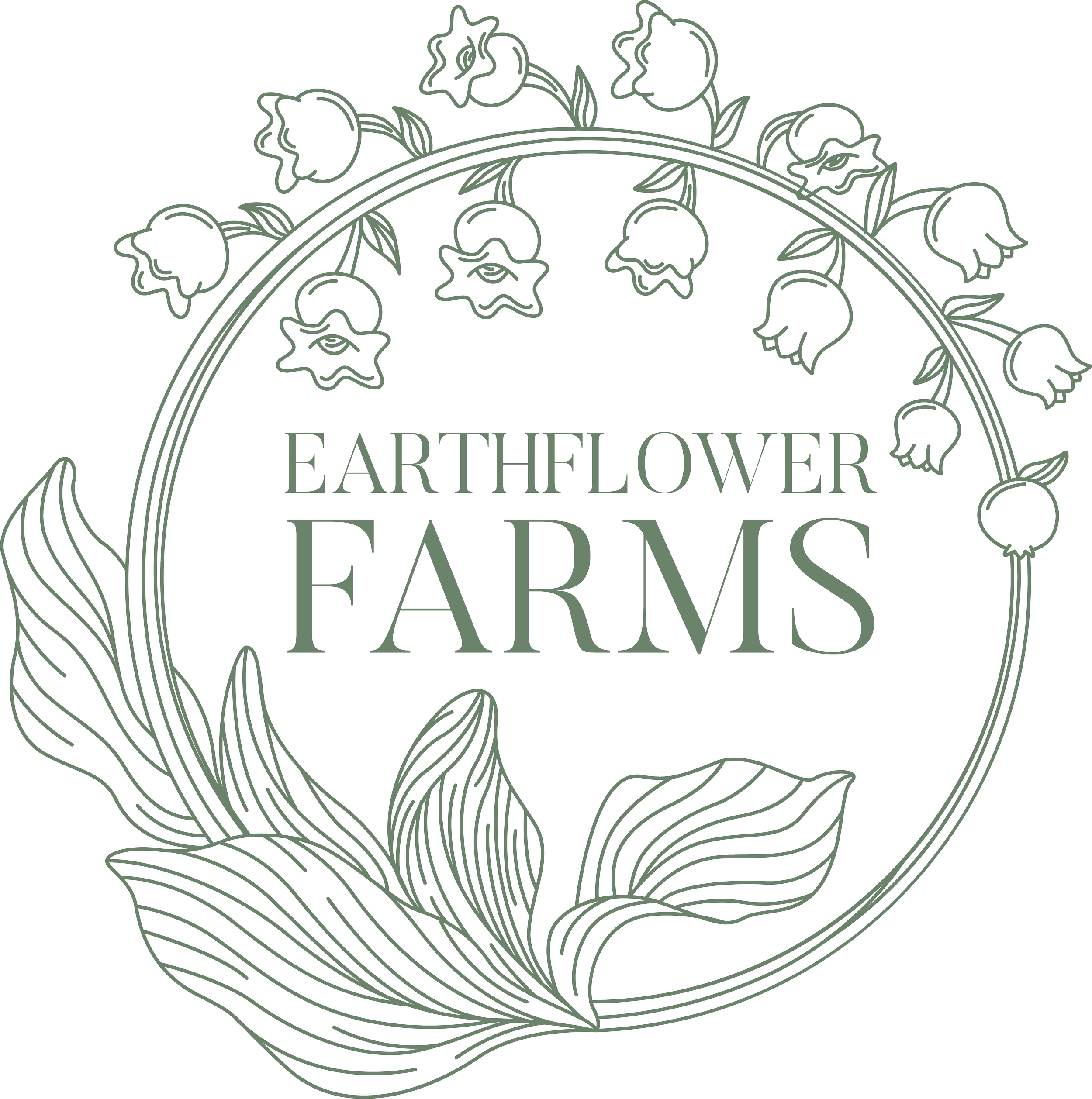COMPOST TEA
How the most resilient gardeners allow plants to thrive using compost tea for organic fertilizer
“Become liberated from purchasing chemical fertilizers at the store forever.” - Joanna Pianko
Conventional fertilizers are chemical-based and toxic to the soil. Even the ones labeled “organic” can be misleading. Whenever we use chemical fertilizers, we hurt the mycelium and life beneath the soil, contaminate the watershed, and make plants susceptible to pests and disease. Worst of all, you are what you eat. When everything comes full circle and you harvest your crops, you’ll be consuming the same artificial nutrients your plants consumed. Only natural ingredients are used to create compost tea.
Compost teas are liquid versions of the solid compost material. They contain soluble plant nutrients and a complex community of beneficial microorganisms.
Bottom line, compost tea is the only truly organic option for plant fertilizer which is important to the most resilient farmers. It’s also less expensive to make than relying on the sky-high fertilizer prices on the retail shelves.
Supplies needed for compost tea. It doesn’t take much to get started especially if you’ve already started your compost bin. Even if you don’t have compost currently brewing on your property, you can source or grow all the ingredients yourself on your own property.
All you need is a bucket, a tub or even a barrel for your brewing vessel (I use a 5 gallon bucket), an aquarium aerator, tubing and an airstone.
Of course, you need some good homemade organic compost or plants from your garden. Use food scraps from your kitchen and garden, including wood chips and any other organic matter to help it break down into the good kind of garbage.
The Recipe: How to create compost tea.
First I take my bucket and place it somewhere not too far from access to an outlet. I plug in the aquarium aerator and place the tubing and airstone/bubbler inside the bucket.
Then I fill the bucket with water. Collected rain water from your rain barrel is best but I like to use water from my tilapia pond as well. Because we’re going to be growing some aerobic bacteria, the less processed the water, the better. Tap from the hose won’t hurt either, but rainwater is best.
The next step is to add your compost. You can pour a couple cups of compost directly into the water or pour it into a cloth bag and tie it off and sink it with a rock. This all depends on your preference. Loose compost in the bucket is stronger, and also needs to be strained well before you can put it into a watering can or sprayer. Brewing in a cotton bag saves you this extra step. If you just want to water your plants directly from the bucket, you can skip straining all together.
I do recommend using a second bucket filled with water and diluting your tea. This definitely makes the most of your brew since compost tea is meant to be diluted.
Toss in a couple tablespoons of epsom salts for added magnesium and sulfur.
Once you’ve added the compost to the water, turn on the aerator and let it bubble for a minimum of 24-48 hours to allow for beneficial bacteria and fungi to culture.
Once done, use it all within 6 days, storing in a light-proof container. If you need to keep it for any longer than that then keep the airstone running to keep the solution aerobic.
What else makes compost tea. There are a myriad things that can be used to make tea. It pays to dedicate a couple 5 gallon buckets to your fertility station.
One idea is to grow nettles, yarrow and comfrey in your garden. Why? Not only are these medicinal herbs edible and wildly useful, this trio also makes the perfect tea. Together, they’re rich in minerals, nutrients and beneficial microbiotics. Nettles, yarrow and comfrey are all extremely prolific and easy to grow so they can be used if you’re currently out of compost or your compost isn’t quite ready.
Chop a fistful of each herb and make sure to sink your leaves to the bottom of the bucket with a brick or rock. Always use gloves with nettles to avoid skin irritation.
Fill your container with rainwater, skip the aerator, and let it sit for 2-3 weeks. The mixture should get quite stinky, but your garden will thank you.
Use one quart of the straight tea to one gallon of water and liberally apply it to your garden.
To use this as a foliar spray (Insert link to foliar feeding article here), strain, dilute and fill your pressurized sprayer with the solution.
Use fish emulsion, cow manure, molasses, worm castings or kelp and brew it up for your plants. Feel free to add a little apple cider vinegar and epsom salts. Use what you have on hand. The more diverse your fertilizers are, the happier your plants will be. Put in the air stone and wait a couple days.
Just like that, however you make your tea, you’re now liberated from ever again having to purchase chemical fertilizers from the store. You’re well on your way to becoming a more resilient gardener and healthier homesteader.

